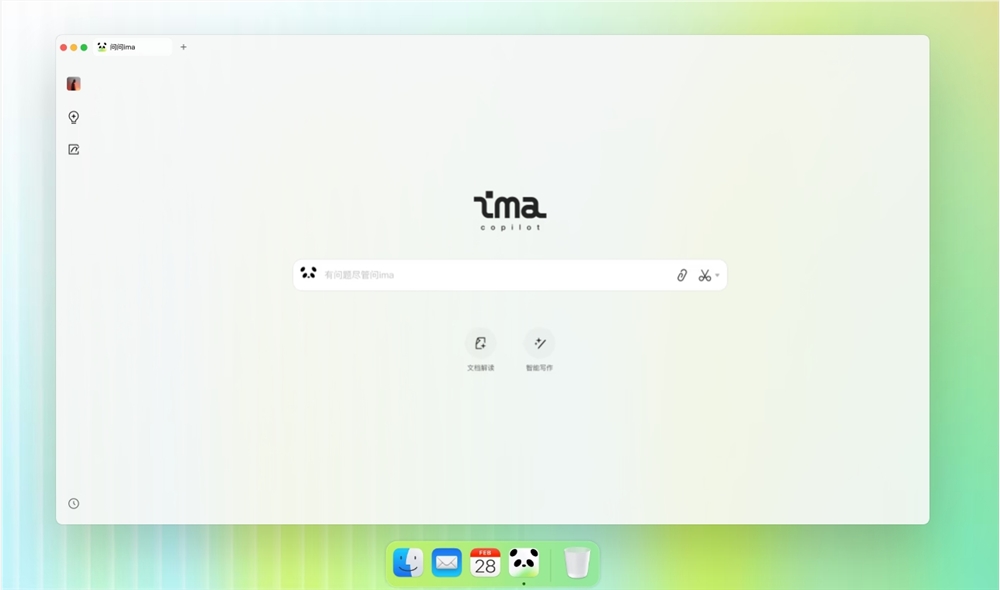AlphaFold3, abbreviated as AF3, is DeepMind's latest masterpiece in the field of protein structure prediction. Not only can it predict the structure of individual protein sequences, but it also predicts the structures of protein complexes, nucleic acids, or small molecules. It's as if you give AF3 a protein's "recipe," and it can "bake" the three-dimensional structure of that protein.

The architecture of AF3 is complex and ingenious, but don't be intimidated—a single diagram can help you get a clear idea. The entire model can be divided into three main parts:
Input Preparation: Transforming protein sequences into numerical tensors and retrieving molecules with similar structures.
Representation Learning: Updating these representations using various attention mechanisms.
Structure Prediction: Employing conditional diffusion models to predict protein structures.
Each step is akin to painting a fine piece of art, with AF3 layering upon layer to ultimately present the three-dimensional structure of the protein.
In the world of AF3, every molecule has its own "language." Whether it's a protein, DNA, RNA, or a small molecule, AF3 converts them into a series of numerical tensors. This is like giving each molecule a unique "ID card," allowing AF3 to recognize and process them.

The representation learning part in AF3 is like a meticulously choreographed dance. Through attention mechanisms, AF3 allows the model's "gaze" to wander between different parts of the molecule, capturing their relationships. This includes not only internal interactions within the molecule but also interactions between molecules.
In the structure prediction part of AF3, the conditional diffusion model plays a crucial role. It starts from a series of random noise and gradually "denoises" to restore the true structure of the protein. This process is like gradually revealing the hidden truth from a fog.
AF3's training involves multiple loss functions and confidence heads, which work together to enable AF3 to predict structures more accurately and assess the reliability of its predictions. It's like giving AF3 a mirror to allow it to self-reflect and improve.
Reference: https://elanapearl.github.io/blog/2024/the-illustrated-alphafold/










